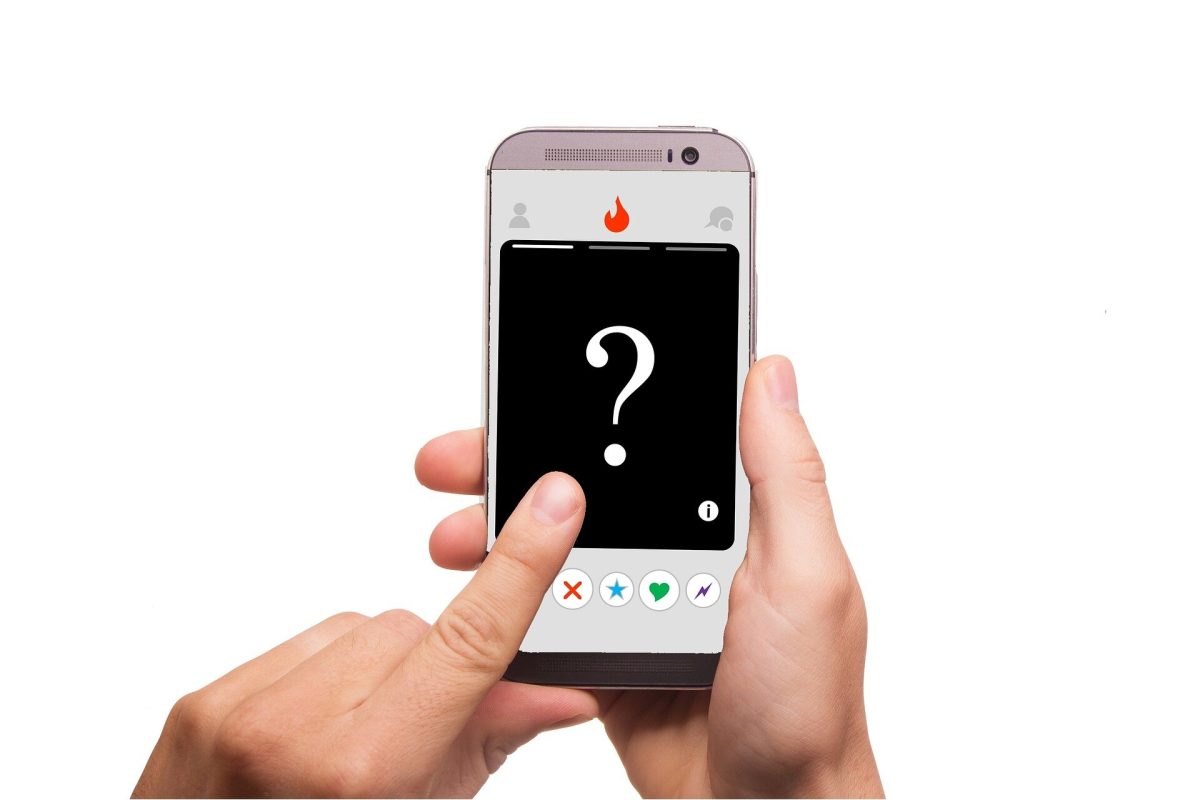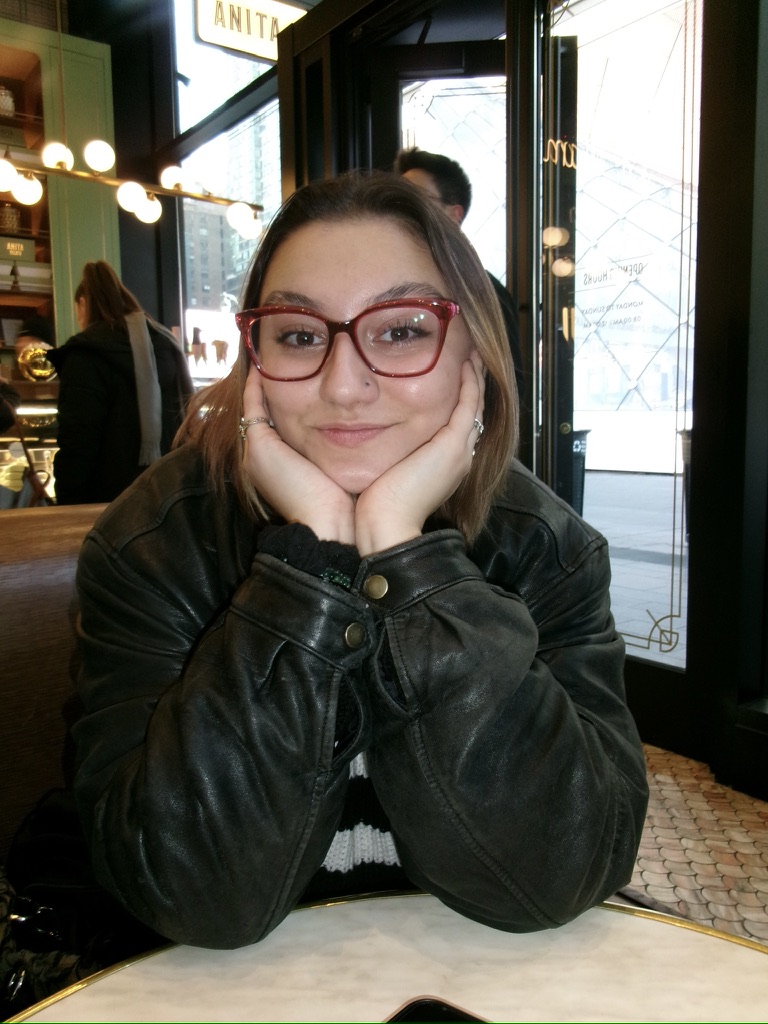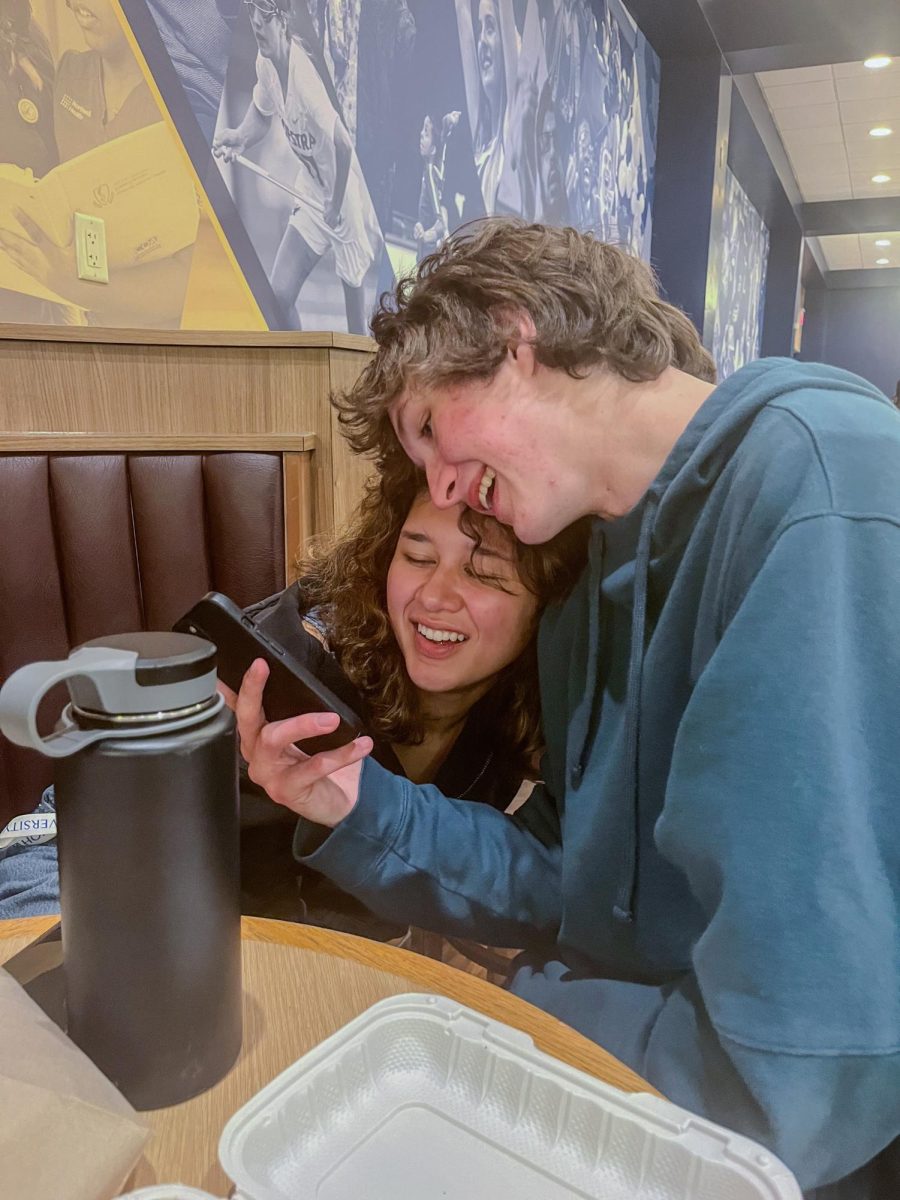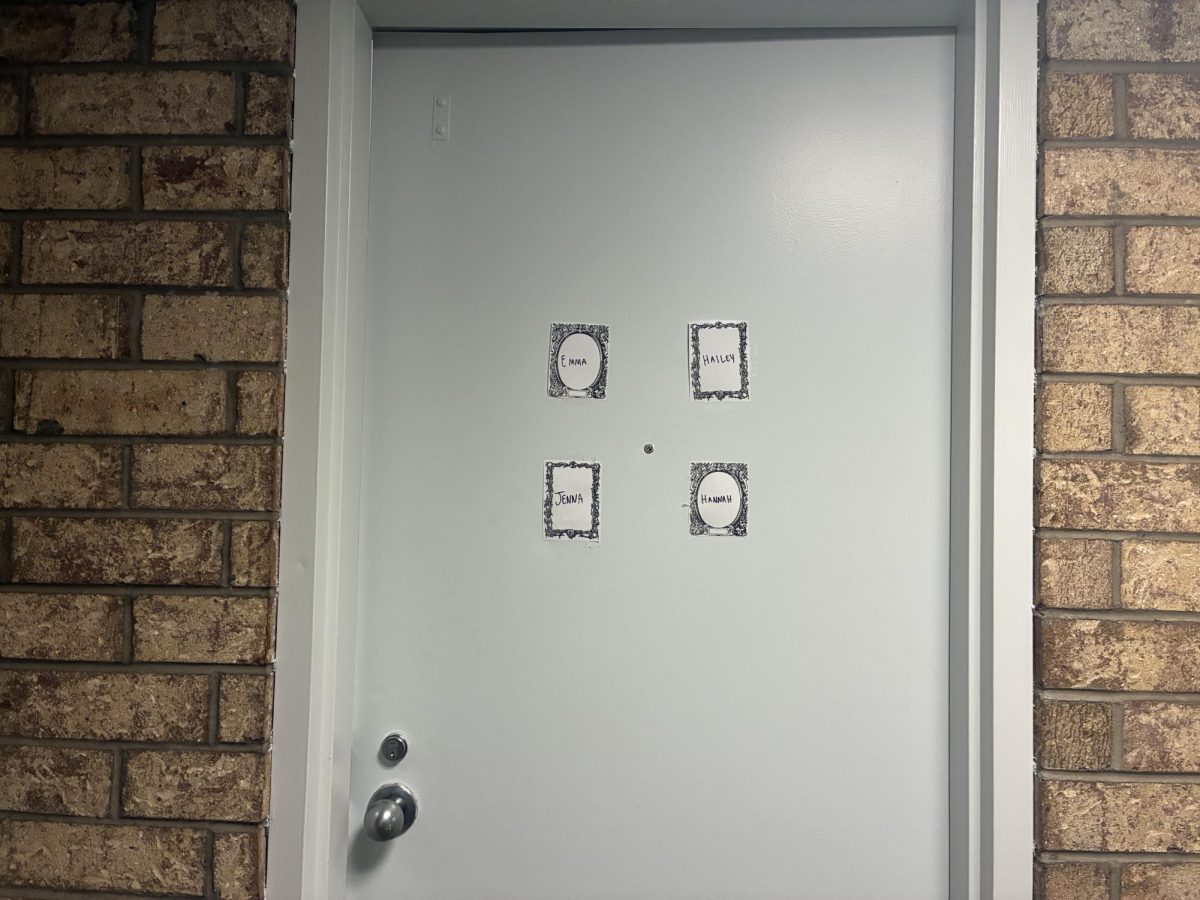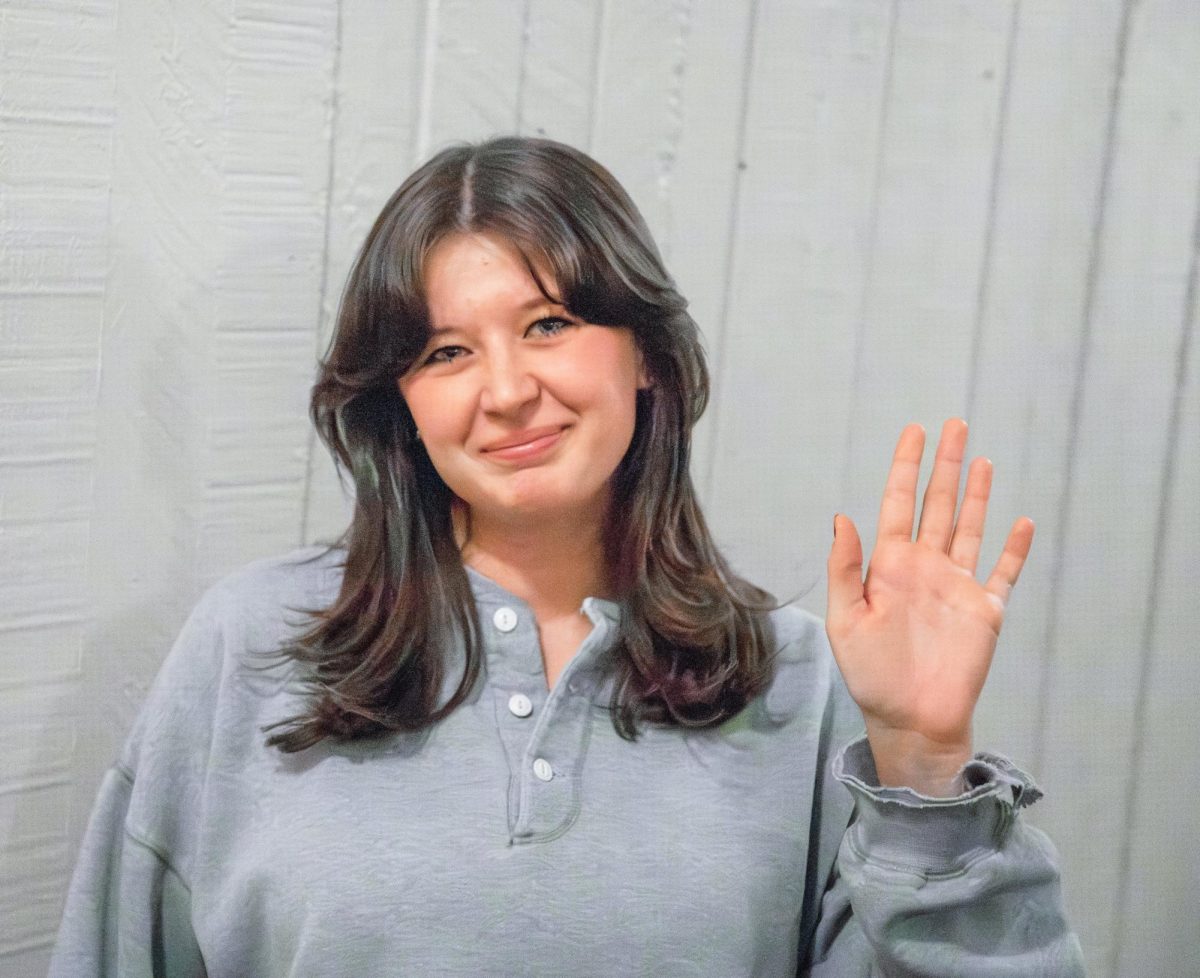Photo Courtesy of Creative Commons
The days of paced romance have been replaced by digital speed dating. While many people prefer to meet in person, dating applications like Tinder, Bumble and Hinge have become popular ways for students to meet others instead of face-to-face interactions.
Students have learned to navigate through the different apps based on their wants and the implications of the apps.
The surge of dating applications in the past decade allows people to pick and choose which applications satisfy their wants. Applications like Tinder promote a more laid-back approach to dating while applications like Bumble and Hinge are for more serious relationship inquiries.
“I started with Tinder because that’s what everyone else used, but then I found that a lot of people were like, ‘We need to meet up, we’re going to hook up and that’s it,’” said Annalisa Peña, a sophomore public relations major. “Bumble was a leg up because you made more of a connection,” Peña said. “I started to use Hinge because that was more about relationships.”
Like most social media platforms, people want to present the best version of themselves, even if it’s not the most accurate representation.
“It’s hard because you’re just judging someone on a picture, you can’t really see how someone really is or how they really act,” said Liv Chalfin, a sophomore psychology major.
“It’s not as raw. When you’re meeting someone in person, there is no way you can be as perfect as you are on a dating profile,” explained Page Swinerton, a sophomore public policy major.
Peña added that she prefers meeting people in person because “there is a better filtering process in person. On dating apps, you look at someone and cross them out for things super quickly.”
However, there were students who preferred meeting over apps. Kaitlyn Sardin, a junior psychology major, stated, “It’s a great way to meet people, sometimes it’s hard to meet people in person.”
Dating applications give users the advantage of curating the way they are perceived. “One-on-one is harder than tapping through your phone,” Swinerton said. “Now we have the ability to hide behind a screen when first meeting someone.”
People feel more comfortable talking to strangers through dating applications because they are able to conceal pieces of themselves that they couldn’t in person. Some feel less anxiety when meeting people on dating apps compared to in person.
“It’s convenient and you can say exactly what you want to say because you’re hiding behind a screen,” Chalfin said.
Convenience also plays a role in students’ use of dating applications. The time it takes to meet someone on a dating app is significantly less than the time it takes to get to know someone in person.
“The old-school idea of dating is changing because everything is so digitized and it’s easier to accommodate dating apps into your life,” Chalfin said.
Dating apps have become more prominent in our world because they “make dating a lot easier. Old-school dating took a lot of time and it was slow-paced,” Swinerton said.
Students found that while dating apps were timely, they put forth unrealistic expectations for people.
“Everything isn’t perfect, but when you present yourself on dating apps, you present the perfect version of yourself,” Peña explained.
Sardin added that people putting themselves on dating apps is “like you’re selling a product sometimes.”
People often put forth inauthentic personas in order to get others to like them.
“On my dating profiles, it’s the best pictures I’ve taken of myself and obviously I don’t always look like those pictures,” Swinerton said.
Dating apps are more convenient and less anxiety-inducing for students when meeting new people. Yet, they encourage people to dismiss others prematurely and present unrealistic versions of themselves. But whether people like or dislike dating apps, they have changed the dating game.

